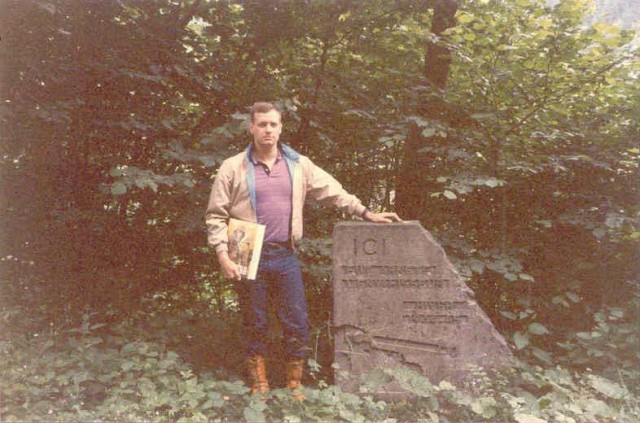FORT BENNING, Ga. - It was the greatest battle in American history. More than 800,000 Americans fought, and 83,000 became casualties. It wasn't Gettysburg - it was the Battle of the Bulge. What began as a massive and wildly successful surprise attack by German forces on Dec. 16, 1944, ended six weeks later when the Allies restored the original battle lines after causing more than 100,000 casualties in the dwindling German army.
Next week marks the 65th anniversary of this enormous offensive. While the planning and execution of the attempted German breakthrough to Antwerp was conducted by Hitler and von Rundstedt, and the rapid reaction and counterattack was superbly handled by Bradley and Patton, the real story is the struggle by low-level leaders and stubborn young Soldiers who simply refused to give up.
While many American troops were surrounded and forced to surrender, others heeded the challenge of "Nuts!" issued at Bastogne and fought against great odds.
LT Lyle Bouck, a Fort Benning Officers Candidate School graduate, led his reconnaissance platoon of less than 20 Infantrymen to hold up a German parachute division and armored brigade for several hours at a crucial road junction at Lanzerath.
A Field Artillery major leading only two howitzers of an overrun battalion disobeyed orders and gathered drifting survivors of destroyed units to defend a snow-covered intersection- renamed forever, "Parker's Crossroads."
Krinkelt-Rocherath, Dom Butgenbach, St. Vith, Stoumont, Clervoux, and of course, Malmedy and Bastogne - at these and hundreds of other locations scattered across the woods of the Ardennes Forest, brave young Americans stubbornly resisted the German onslaught and prevented the collapse of their lines.
As an officer in the 2nd Armored Division in the 1980s, it was my duty to plan and lead four tours of the Bulge battlefield for our leaders. There were no GIs available to interview, so I tracked down German veterans of the battle.
One, a regimental commander, told me that the new unit he created for this offensive (the two previous were completely destroyed in Russia) was composed of privates from the "Class of 1928." That meant they were only 16 years old.
The Germans were desperate to avoid the invasion of their homeland and often fought to the death.
I also learned that the U.S. 99th Infantry Battalion set fire to huge roadblocks of gasoline to prevent the approaching panzers from capturing needed fuel. The Soldiers in that unit were young men who had escaped from occupied Norway and sought assignment to our forces to fight.
The dogfaces that delayed the Germans, and then attacked to retake lost ground, did so despite deep snow and ice during what proved to be one of the worst winter of the century.
Machine guns, "Moaning Minnies," "88s," Tiger tanks, and human wave attacks were scarcely more destructive than losing fingers and toes to frostbite - or marching east through the snow in embarrassment to starve in prisoner of war camps.
Many of our surviving veterans from World War II are veterans of The Bulge. Remember to thank them and other old Soldiers for their sacrifices, so long ago.


Social Sharing